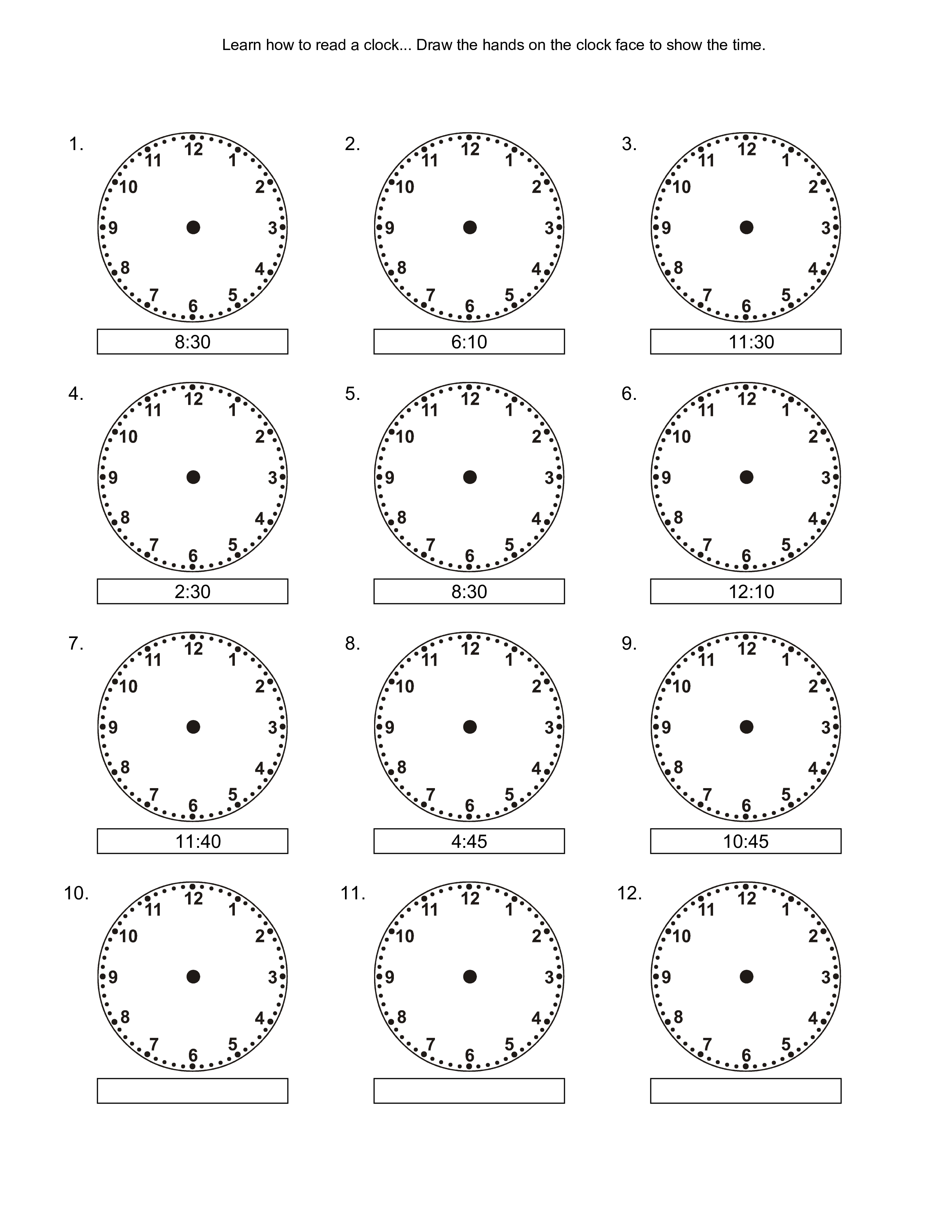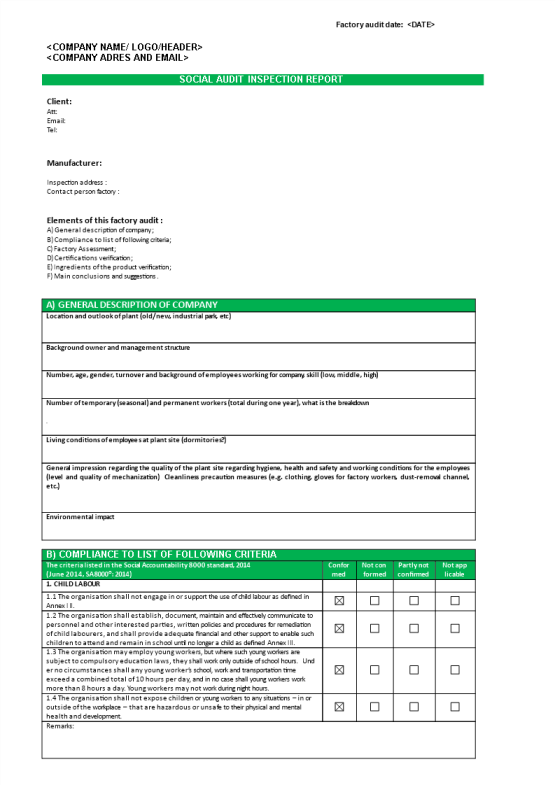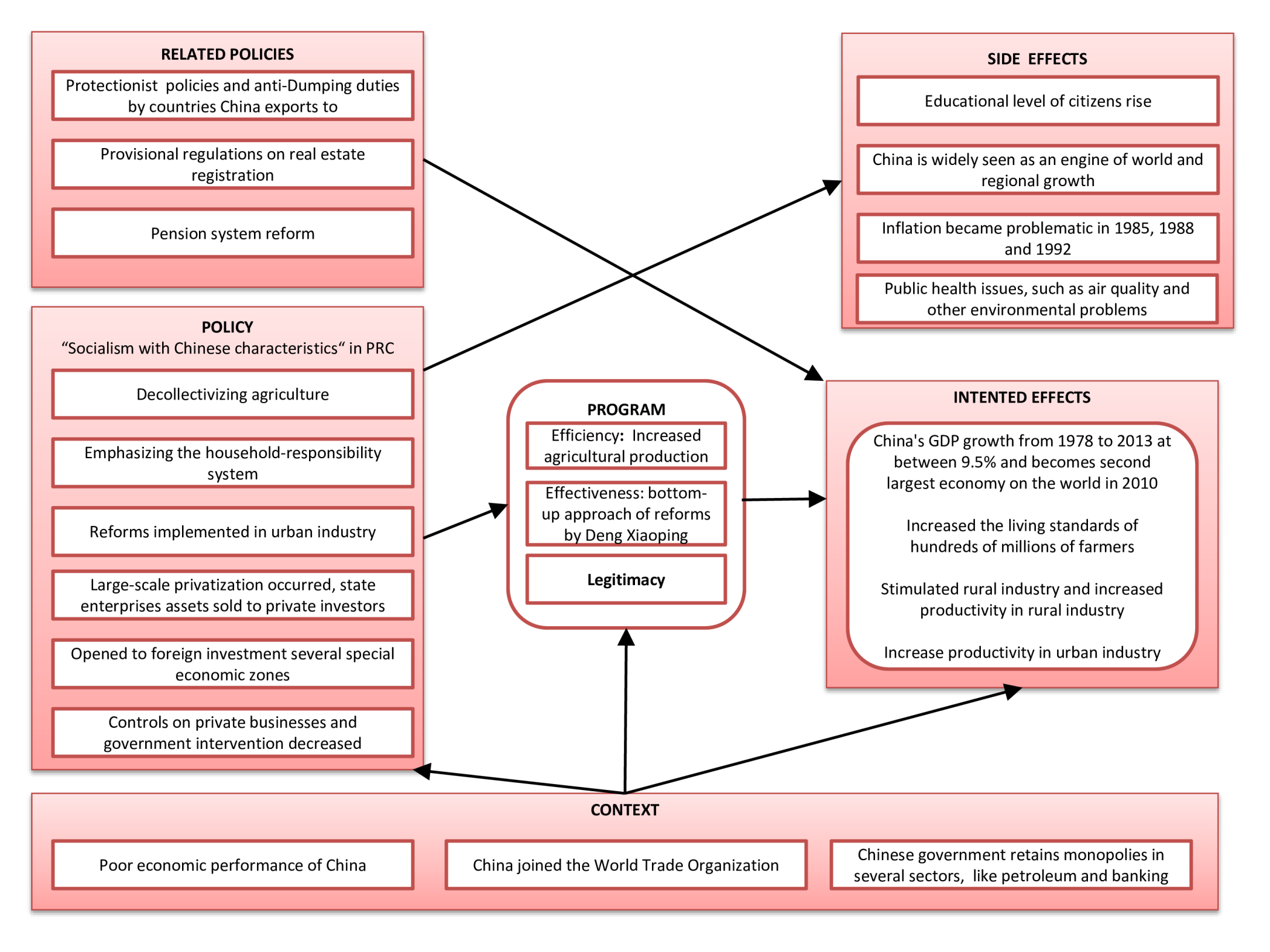Telling time template
Sponsored Link免费模板 保存,填空,打印,三步搞定!

Download Telling time template
Adobe PDF (.pdf)- 本文档已通过专业认证
- 100%可定制
- 这是一个数字下载 (433.47 kB)
- 语: English
Sponsored Link
How to tell time on a clock? How hard is it to learn to read a clock?
Learning to read analog clocks with moveable clock hands can be an effective and interactive way to teach individuals, especially children, how to tell time. Here's a step-by-step guide on how to use a clock template with movable hands for learning:
Materials you'll need:
- A clock template with blank clocks, so you can still put in the hands of the clock (you can use this one of course). Change the format of this template into Word to be able to edit the times and create your own worksheets
- A flat surface for the clock template.
- A marker or pen (for labeling).
- Introduce the Basics:
- Begin by explaining the key components of the clock: the clock face, clock hands (hour and minute hands), numbers, and the concept of 12 hours in a day.
- Label the numbers 1 to 12 around the clock face in a clockwise direction.
- Hour Hand:
- Start with the hour hand. Show how it moves slowly and points to the hour. Explain that when the hour hand is between two numbers, you use the nearest number as the hour.
- Ask the learner to move the hour hand to different positions on the clock and name the hour corresponding to each position.
- Minute Hand: Next, focus on the minute hand. Explain that the minute hand moves faster than the hour hand and points to the minutes.
- Demonstrate how the minute hand counts by 5s (5, 10, 15, 20, etc.) and how it completes a full rotation in one hour.
- Have the learner move the minute hand to different positions and identify the number of minutes past the hour.
- Combining Hands:
- Once the learner understands the hour and minute hands separately, show how they work together to tell the time.
- Start with simple times, such as "3 o'clock" and have the learner position the hands accordingly.
- Progress to more complex times, including those with minutes, like "quarter past 6" or "half-past 10."
Create time-related activities and games to reinforce learning. For example, you can give time-related questions or ask the learner to set the clock to specific times. As they become more proficient, challenge them with more difficult time scenarios.
Real-Life Examples:
Encourage the learner to relate what they've learned to real-life situations by asking them to read the time on actual clocks and watches.
Repetition and Patience:
Learning to read analog clocks can take time and practice, so be patient and provide plenty of opportunities for practice and reinforcement.
Using a clock template with moveable hands is a hands-on and engaging way to teach the concept of telling time. It allows learners to actively manipulate the clock hands, making it easier to grasp the concept of time and analog clock reading.
Download this telling time tool and start learning time add subtract time clock reading website learning!
DISCLAIMER
Nothing on this site shall be considered legal advice and no attorney-client relationship is established.
发表评论。 如果您有任何问题或意见,请随时在下面发布
相关文件
Sponsored Link



